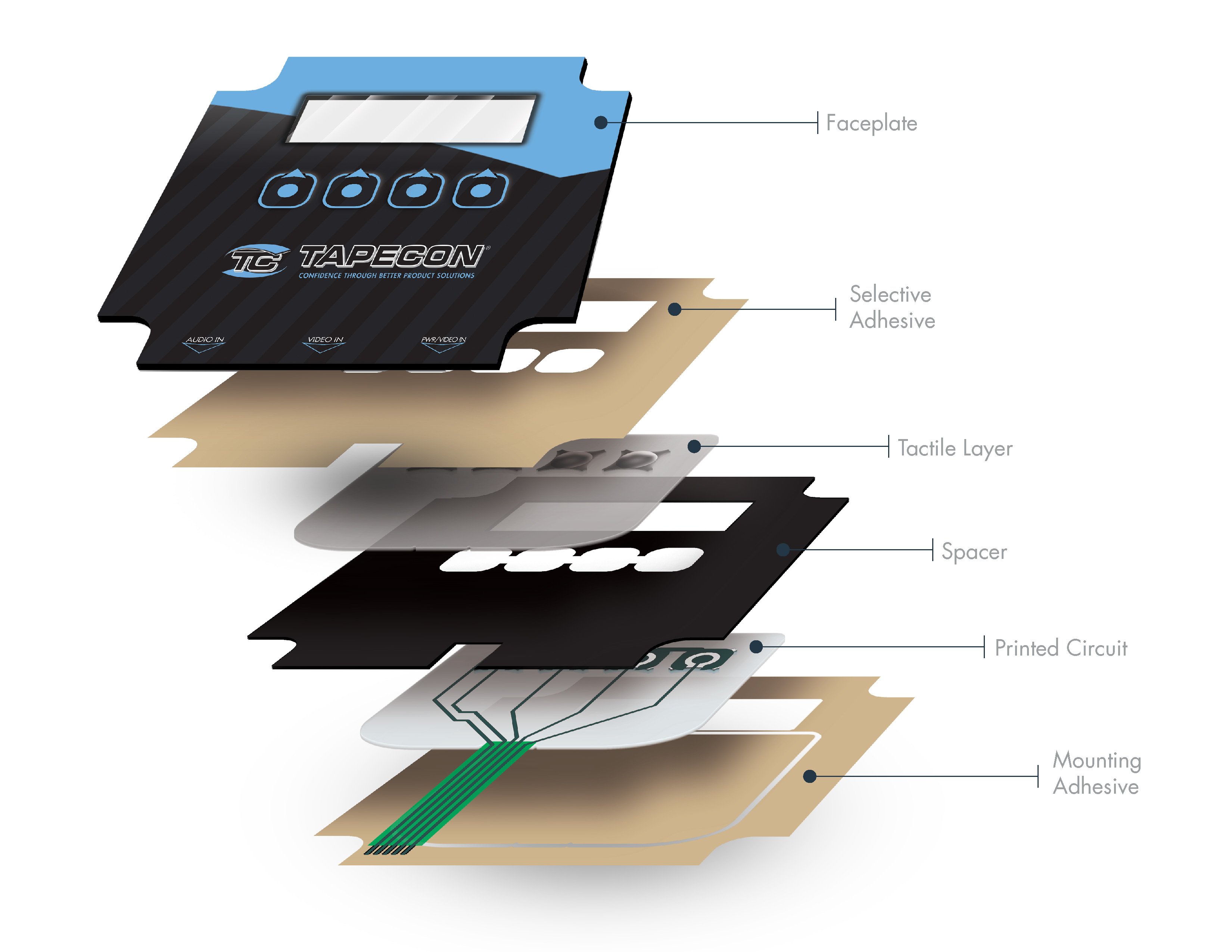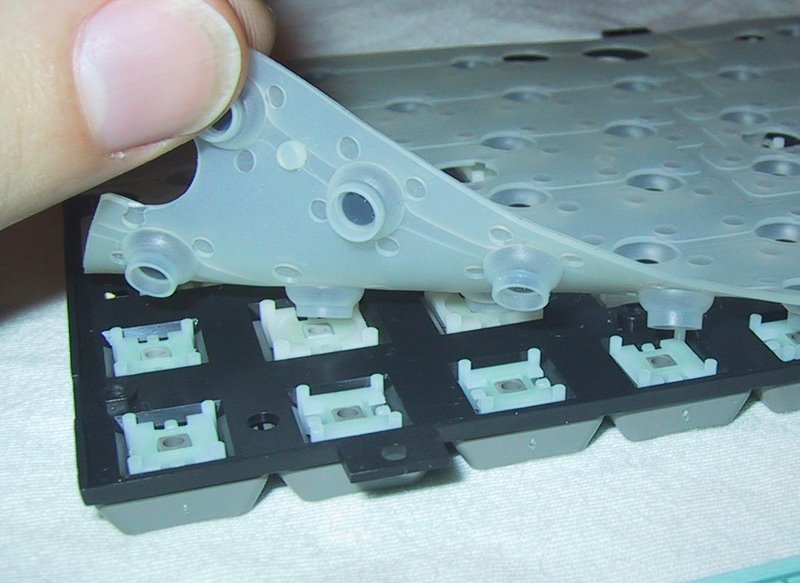Why Selecting the Right Membrane Switch Is Crucial for Your Item Layout
Why Selecting the Right Membrane Switch Is Crucial for Your Item Layout
Blog Article
Comprehending the Performance of Membrane Changes for Customer Interface Tools
The capability of membrane switches represents a substantial development in individual interface layout, integrating performance with aesthetic flexibility. These buttons run via a multi-layered structure that equates individual interactions into electrical signals, permitting both compact layouts and resilience against environmental elements. As sectors increasingly prioritize individual experience, comprehending the nuances of membrane switch innovation becomes crucial. What implications do these developments hold for future applications, and exactly how might they redefine user communications throughout different tools?
What Are Membrane Layer Buttons?
Membrane buttons are cutting-edge interface gadgets that assist in user interaction with electronic equipment. These flexible components include numerous layers, consisting of a visuals overlay, spacer, and a published circuit layer. The design enables for a smooth assimilation right into various electronic devices, boosting both the aesthetic and useful facets of user interfaces.
Membrane layer switches are commonly used in a large variety of applications, from household devices to industrial machinery and medical gadgets. Their building normally features a slim profile, making them an ideal selection for compact styles. The responsive comments given by these switches can be crafted to meet details individual preferences, guaranteeing effective communication between the user and the tool.
Sturdiness is another significant benefit of membrane switches, as they are immune to dust, dampness, and chemicals, which improves their life-span popular atmospheres. In addition, these buttons can be personalized in regards to form, dimension, and graphic design, permitting branding and user-specific functions. Overall, membrane layer changes represent a sensible solution for improving user experience in digital gadgets, integrating capability with visual appeal in an effective way.
How Membrane Layer Changes Work
Operating on an uncomplicated concept, membrane layer switches use a layered building to register customer input successfully. Each switch includes numerous layers, consisting of a printed circuit layer, a spacer layer, and a leading graphic layer, which are developed to interact flawlessly. When a user presses the top layer, it presses the spacer layer, bringing the conductive elements of the circuit layer right into call with each various other.
This contact creates a closed circuit, signaling the device to execute a certain feature. The style permits for different setups, including responsive responses, which can boost the user experience by giving a physical feeling upon activation. The materials used in membrane layer switches often include versatile substratums, such as polyester or polycarbonate, which make sure sturdiness and durability against damage.

Trick Benefits of Membrane Buttons

One more significant advantage is their density. Membrane switches are thin and lightweight, which allows suppliers to save space in their tools without giving up functionality. This attribute is specifically beneficial in applications where weight and volume are critical considerations.
Additionally, membrane switches are immune to dust, wetness, and chemicals, boosting their toughness. This strength prolongs their life-span and reduces the requirement for regular substitutes, causing cost savings with time.
Moreover, the tactile responses offered by membrane layer buttons can be maximized to enhance individual communication. They can consist of functions such as increased switches or distinct clicks, improving usability and customer experience.
Applications Across Industries
Customer user interface devices utilizing membrane switches are like this prevalent in a wide array of industries, showcasing their versatility and functionality. Membrane Switch. In the clinical market, membrane buttons are important to tools such as analysis equipment and individual tracking systems, where their durability and ease of cleansing are crucial for maintaining health criteria. In the automobile market, these switches are utilized in dashboard controls and infomercial systems, supplying a smooth and modern-day user interface for customers.
Additionally, the consumer electronics industry gain from membrane layer switches in devices and portable tools, where portable layout and straightforward user interfaces boost customer experience. Industrial applications that site additionally leverage membrane layer switches for control panels in equipment and automation systems, stressing their toughness and resistance to severe settings.
In the aerospace and defense industries, membrane switches are used in cabin controls and devices, where integrity and performance under severe conditions useful site are extremely important. In addition, the pc gaming sector increasingly integrates membrane switches in controllers and arcade makers, adding to an appealing customer experience. Overall, the adaptability of membrane layer switches over enables their extensive usage across numerous sectors, underscoring their significance in modern interface style.
Future Fads in Membrane Switch Technology

Furthermore, using advanced products, such as polycarbonate and polyester movies, is anticipated to climb, offering improved durability and resistance to ecological stress factors. These materials add to the general durability of membrane layer switches, making them ideal for harsher industrial applications.
Additionally, the incorporation of clever technology, including IoT connection, will enable membrane layer switches to connect with various other gadgets and systems, promoting a more interactive individual experience. This fad straightens with the expanding need for wise tools across various fields, from medical care to customer electronic devices.
Last but not least, customization choices are anticipated to broaden, enabling makers to produce bespoke services customized to particular user requirements and choices. These growths will position membrane layer switches as essential components in the evolution of individual interface innovation.
Conclusion
In conclusion, membrane layer switches represent a critical development in customer interface modern technology, using a dependable and functional service for varied electronic applications. As developments in product science and touch picking up innovations proceed, the performance and applicability of membrane buttons are expected to expand, enhancing their value in contemporary digital tools.
Report this page